Shopping postponed until better times: retail growth in Tatarstan slows sharply
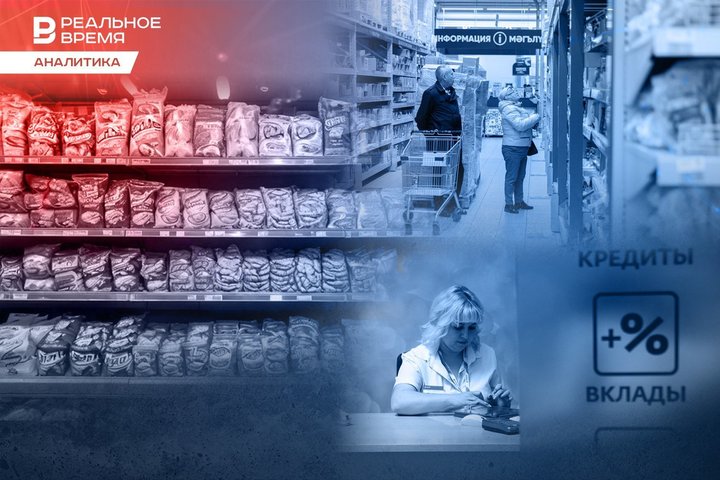
A high key rate and a reduction in consumer lending have hit retail trade. In the first quarter of 2025, the consumer market in Tatarstan grew by 1.7%. For comparison, for the same period last year, growth was 15.7%. The situation in the republic turned out to be even more dramatic than in Russia as a whole — in the first quarter of 2025, Russian retail grew by 3.2%. In addition, inflation in the republic also turned out to be higher than the Russian average. However, this slowdown in consumption in Russia will not last long, experts hope.
Retail market shrinks
Retail turnover in Tatarstan in the first three months of 2025 grew by 1.7% — to 402.3 billion rubles. Moreover, food and non-food retail demonstrated synchronicity — growth in both segments amounted to 1.7%. Food retail turnover increased from 161.4 billion in the first quarter of 2024 to 186.6 billion rubles, non-food retail turnover — from 200.8 billion rubles to 215.7 billion rubles.
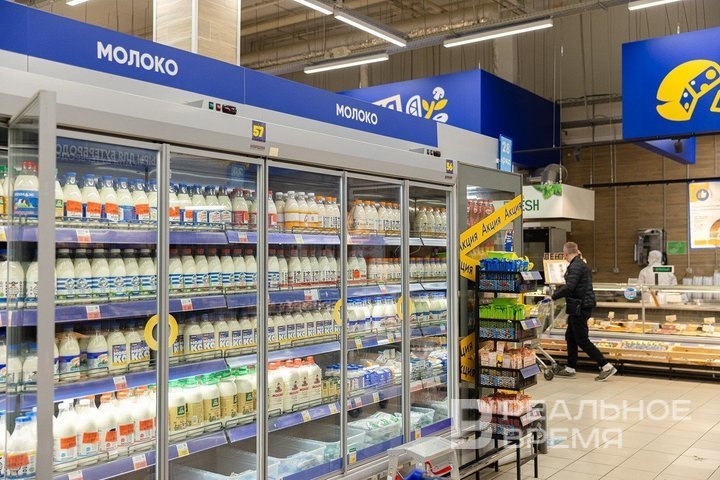
In the first quarter of 2024, retail turnover growth was 15.7%. In January-March 2023, a decline of 0.3% was recorded.
The turnover of retail trade in food products in the first quarter of 2024 increased by 7.5%, and non-food retail — by 23.2%. Compared with last year's pace, the current indicators (+1.7%) look weak.
At the same time, the number of enterprises in the industry is steadily growing: the number of trade enterprises increased by 404 — to 16,862; the number of catering enterprises by 173 — to 5,818; the number of consumer services facilities by 521 — to 7,110.
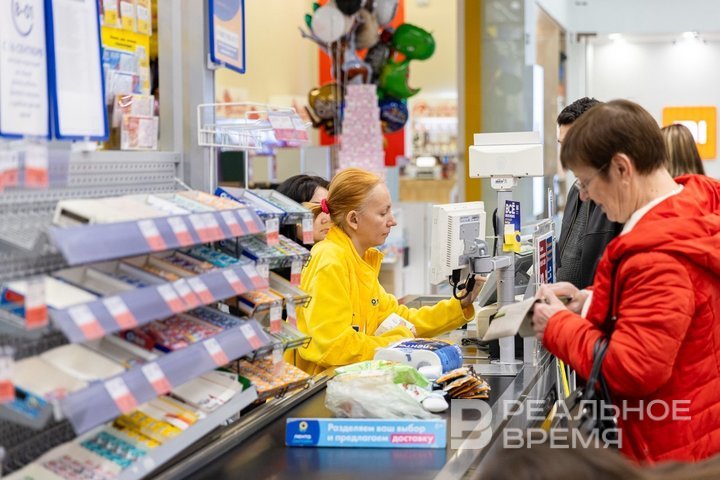
In terms of analyzing the consumption structure, it is curious that the catering turnover is growing more dynamically than a year earlier. The turnover of catering increased in the first quarter of 2025 by 9.7% — to 21.7 billion rubles. A year earlier, the dynamics were weaker — 4.5%. Tatarstan residents are not saving on restaurants and cafes yet. Or this is a contribution to the industry from tourists. Only during the May holidays, 200 thousand tourists visited Kazan, which is 7.7% more than last year. The turnover of household services to the population increased by 6.1% — to 20.3 billion rubles (a year earlier it was 0.9%).
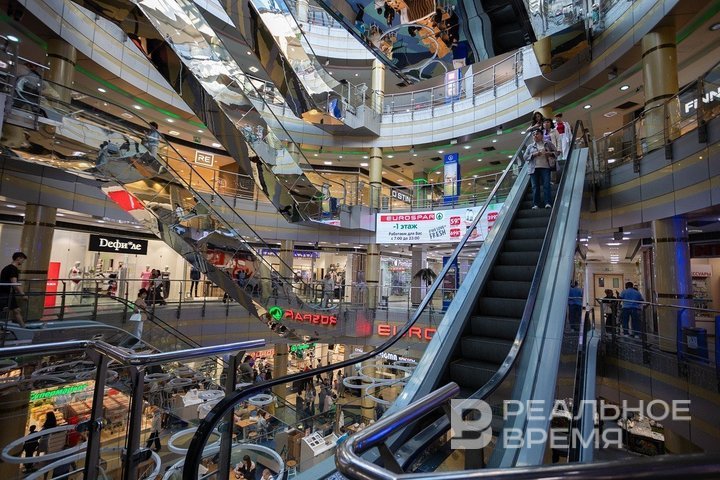
Inflation in Tatarstan is higher than the Russian average

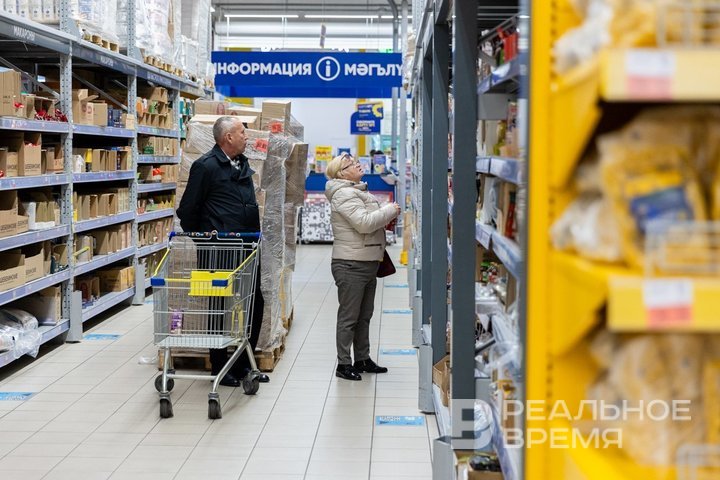
In general, the average Russian retail turnover for the first quarter of 2025 was 103.2% (110.4% for the first quarter of 2024). Retail turnover of food products increased by 4.2%, non-food products — by 2.3%. And only 17 regions are showing more positive dynamics of retail turnover compared to the first quarter of 2024.
The decline in retail in Tatarstan reflects the all-Russian macroeconomic trend of the first quarter, agrees Magomed Magomedov, an analyst at FG Finam.
The situation was influenced by a general economic slowdown and a sharp decline in consumer lending. “The population is under a high debt burden and therefore shows restrained demand for goods, postponing consumption until ‘better times’ with cheaper money,” he commented. “Indicative in this case is the steep decline in the automobile market, which experts associate with the conscious decision of buyers to postpone the purchase of a car in anticipation of lower interest rates on loans.” In the basic scenario in which the ruble will not be under extreme inflationary pressure, Finam expects a reduction in the key rate in the third — fourth quarter of 2025 and a subsequent recovery in consumption growth rates, so a protracted decline in consumption, in its opinion, is unlikely.
Consumption is declining following the economic slowdown

The preliminary estimate of GDP growth in the first quarter of 2025 from the Ministry of Economic Development (1.7%) lags behind the February estimate of the Central Bank (2.9%), and the Russian Statistics Service’s March data turned out to be mostly below the consensus forecast.
Consumption is becoming more restrained, especially in relation to non-food products. This, as well as the significant strengthening of the ruble since the beginning of the year, is also reflected in the slowdown in inflation.
“We expect economic growth to slow down this year to 1.5-1.7%. According to our estimates, the peak of inflation in annual terms will be passed in April-May and will amount to 10.3-10.4%. Then, against the background of slowing current inflation and the base effect, we expect annual inflation to decrease to about 7% by the end of the year. In our opinion, the rapid slowdown of current seasonally adjusted inflation, significant strengthening of the ruble, slowdown in the growth of lending, monetary aggregates and consumption give grounds for the Central Bank to begin considering the possibility of reducing the key rate in the coming months,” Belenkaya expects.
The Central Bank may begin reducing the key rate in June-July and reduce it to 16% by the end of the year.
“Our forecast may be too optimistic, especially given the more aggressive plans to increase regulated tariffs in 2026-2027 in the new macroeconomic forecast of the Ministry of Economic Development, the increase in external risks and the suspension of the decline in inflation expectations of the population in April,” warns Olga Belenkaya. “On the other hand, the Central Bank does not yet include a possible improvement in geopolitical conditions in the baseline forecast, since it is based on facts, so from this side, hypothetically, there may be room for a faster easing of monetary policy.”